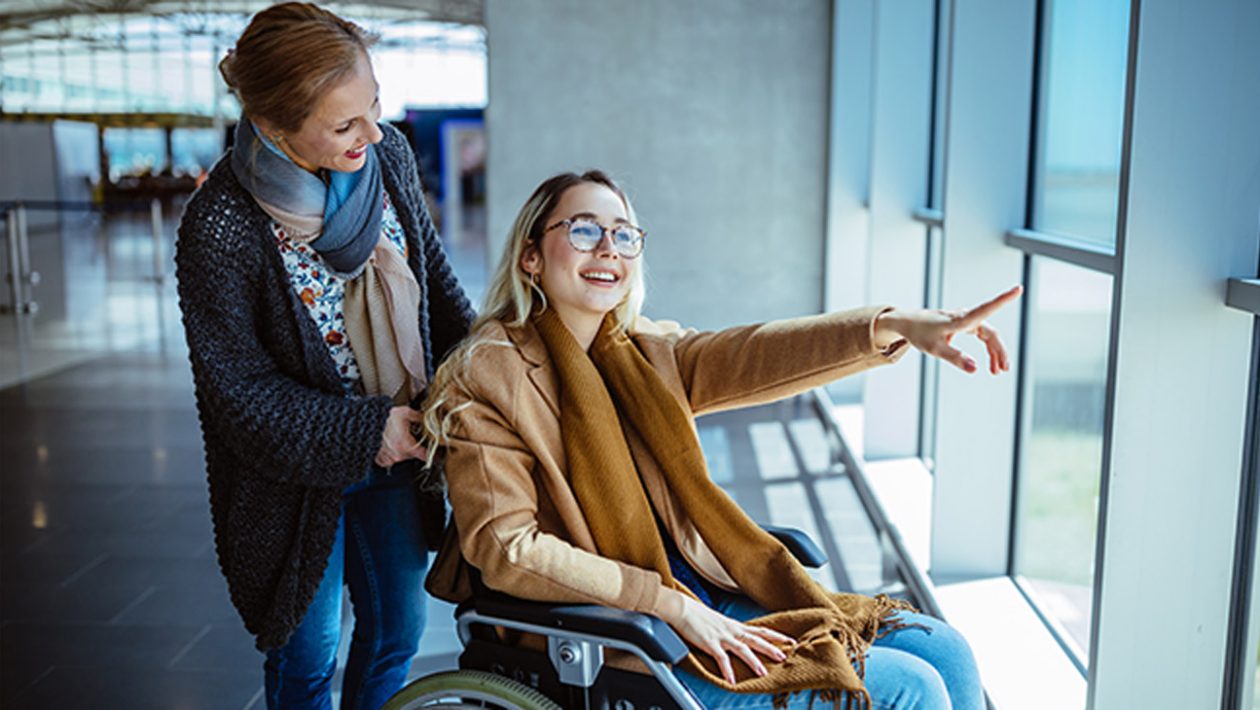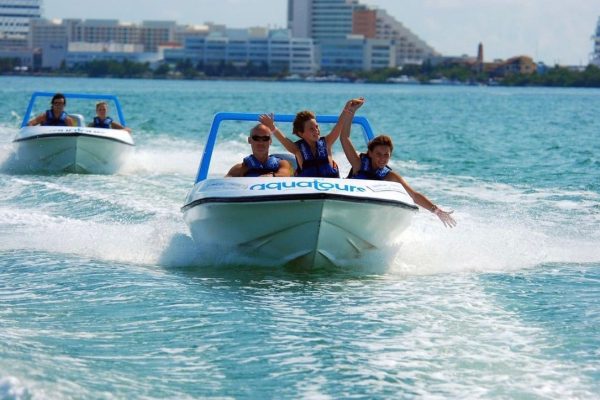Traveling is a transformative experience that broadens our perspectives and enriches our lives. However, for individuals with disabilities, the prospect of navigating unfamiliar environments can be daunting. Making travel more accessible is not only a matter of inclusivity but also a step towards creating a more equitable and enjoyable experience for everyone. In this article, we will explore six tips to make travel more accessible for individuals with diverse abilities.
Table of Contents
Research and Plan Ahead:
One of the crucial steps in ensuring accessible travel is thorough research and planning. Start by investigating the accessibility features of your chosen destination, including hotels, public transportation, and tourist attractions. Utilize online resources, forums, and accessibility guides to gather information about wheelchair ramps, elevators, accessible bathrooms, and other facilities. Planning ahead allows travelers to anticipate potential challenges and make informed decisions, ensuring a smoother and more enjoyable journey.
Choose Accessible Accommodations:
Selecting accessible accommodations is a key factor in ensuring a comfortable stay during your travels. Look for hotels, resorts, or vacation rentals that prioritize inclusivity by offering features such as wheelchair ramps, accessible rooms, and bathroom accommodations. Many online booking platforms now provide filters for accessible accommodations, making it easier for travelers to find suitable options. Additionally, contacting the accommodations directly to discuss specific needs can help ensure a seamless experience upon arrival.
Utilize Mobility Aids and Assistive Technology:
Mobility aids and assistive technology play a crucial role in enhancing accessibility during travel. Individuals with mobility challenges may benefit from using wheelchairs, mobility scooters, or walking aids to navigate various terrains. Moreover, smartphone apps and assistive devices can provide real-time information about accessible routes, nearby amenities, and public transportation schedules. Integrating these tools into travel plans can significantly improve the overall experience for individuals with disabilities.
Communicate Your Needs:
Clear communication is essential to ensure that your needs are met throughout your journey. Informing airlines, hotels, and transportation services about your specific requirements allows them to make necessary arrangements in advance. Many travel providers have dedicated customer service lines for individuals with disabilities, making it easier to address concerns and clarify any doubts. By expressing your needs openly, you contribute to creating a more inclusive travel experience and foster awareness about the importance of accessibility in the tourism industry.
Be Mindful of Cultural Sensitivity:
While navigating different cultures and destinations, it’s essential to be mindful of cultural sensitivities related to disabilities. Awareness about local attitudes towards individuals with diverse abilities can help travelers navigate social interactions more comfortably. Educating oneself about common practices and etiquettes regarding disabilities in a specific destination ensures a respectful and inclusive travel experience. Moreover, embracing cultural diversity promotes a more enriching travel experience for everyone involved.
Advocate for Accessibility:
Advocacy is a powerful tool in promoting positive change in the travel industry. By sharing personal experiences and feedback with travel providers, individuals can contribute to the ongoing efforts to enhance accessibility. Social media platforms and online review sites provide a platform to raise awareness about accessible travel options and highlight areas that need improvement. Engaging in constructive conversations and supporting initiatives that promote inclusivity contribute to a more accessible and accommodating travel landscape.
Making travel more accessible is a collective effort that involves both individuals and the travel industry. By researching, planning ahead, choosing suitable accommodations, utilizing technology, communicating needs, being culturally sensitive, and advocating for accessibility, we can create a travel environment that welcomes everyone, regardless of their abilities. In fostering a more inclusive travel culture, we pave the way for diverse individuals to explore the world and create lasting memories without unnecessary barriers. Travel should be an opportunity for everyone to connect with different cultures, and by implementing these tips, we can work towards making this vision a reality.




